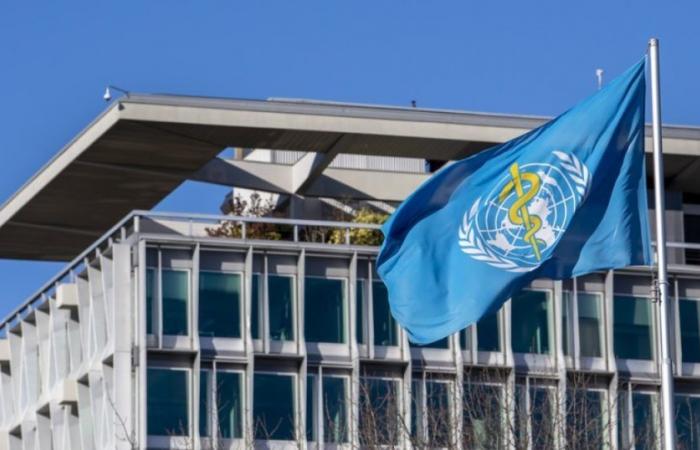If this situation continues, it is expected to reach 35% by 2030, adds the World Health Organization (WHO). “This is a major concern,” an official from the institution told the press. The international community is late in eliminating physical inactivity by then, in particular because of the growing use of new technologies or cars.
The WHO recommends 150 minutes of moderate activity or an hour and a quarter more vigorous activity per week. In the event of a lack of movement, the individual is exposed to cardiovascular diseases, dementia or even cancer.
“We must renew our commitments” on this issue, says WHO Director General Tedros Adhanom Ghebreyesus. He calls for bigger policies and more funding.
Lower-middle-income countries are most affected. By region, the most considerable inactivity is observed in the rich states of Asia/Pacific, at 48%, far ahead of the rich Western states, at less than 30%, or Oceania, at just over 10%. %.
Women are more affected, at 34%, than men, at less than 30%. This gap even reaches 20 percentage points in certain countries. Another problem is that those over 60 also have less activity.
It must be made “accessible, inexpensive and enjoyable for all”, adds the director of health promotion at the WHO, Rüdiger Krech. And a whole-of-society approach for easier and safer ecosystems, also estimated another manager of the organization who affirms that the organization cannot at the moment assess the impact of the pandemic.
Despite everything, an improvement has been observed in almost half of the countries over the last ten years. More than 20 of them should meet the objective of reducing inactivity by 15% by 2030 compared to 2010, adds the organization.






